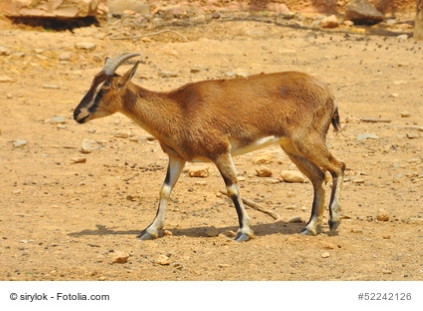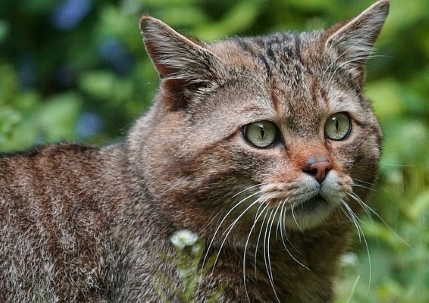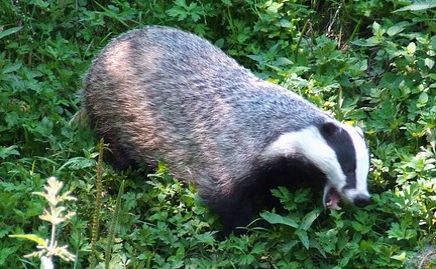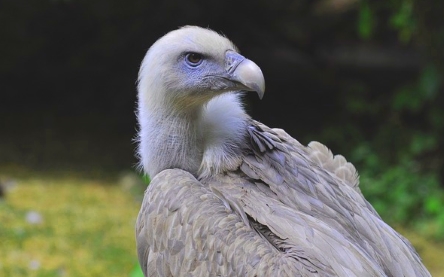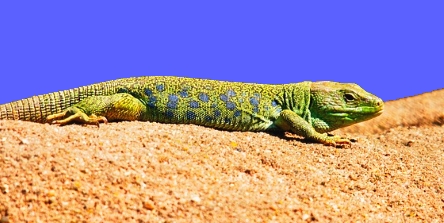|
Fauna of Crete |
|||||
|
|
It is not clear if the Kri-Kri was introduced from Turkey in the early days of settlement of if they were there prior to humanity. As a tourist, it’s very unlikely you’ll see one, because the Kri-Kri is a very shy animal. There are some in the city park of Rethymno, but I was told they were not there anymore on my last visit). Please note that most Cretans call the Kri-Kri ‘Agrimi’.
Cretan Wild Cat (Latin Felis Silvestris Agrius, Greek Fourokattos): The rarest mammals in Europe – there are only a handful left. 20 years ago most experts thought the Cretan Wild Cat is extict, but were found some years ago on the Psilorits, the highest mountain of Crete.
Mediterranean Monk Seal (Monachus Monachus): Like most seals in the world they were hunted for their skin. The few left are now living in protected zones on the uninhabited islands to Southern Crete. Cretan Spiny Mouse (Acomys Minous): This is another species of animal which can only be found on Crete. The Cretan Spiny Mouse lives in dry, rocky areas. You’ll often see dolphins in the seas around Crete. They sometimes follow ferries. Whales are a considerably rarer sight in this area of the Mediterranean, but they have been spotted. Other mammels: The following mammals exist in Greece, but NOT on Crete: Foxes (rabies is therefore rare to non-existent on Crete), wolves, deers, wild boars, chamois, ibex and brown bears.
These mammals do exist on Crete: Mice (common vole, house mice), hedgehogs, rats, badgers (Crete has its own subspecies of badger), hares, rabbits, weasels, ermines, various animals from the mustelidaes family, and various species of bat. In Crete there are about 30 species of mammels incuding 12 species of bats (worldwide there are more than 5000 differnent mammels). The biggest land on the island mammel is the badger.
There are also many stray cats and some stray dogs, which can be an problem for nature and people. You will see also many sheep and goats on the island belonging to farmers. There are 3 million sheep on Crete, four times more than humans.
Birds Vultures: If you go up to the mountain regions of Crete like the Lefka Ori, you may well see the spectacle of vultures circling in the air. They are looking for carrion. Rumour has it that some hikers, having died after an accident, provided these birds with a meal. More typically though, vultures eat dead goats, rabbits and sheep. Griffon Vultures (Gyrates Fulvous, picture down) are more common than Bearded Vultures.
Golden Eagles (Apulia Chrysaetos): These can be seen sometimes, but they’re just as rare in Crete as they are in the other mountainous regions of Europe. On the south coast, near Matala, you can find ospreys (Pandion Haliaetus). Other birds on Crete: To mention a few; Buzzards, kestrels, Eleonora’s falcons, woodchats, shrikes, shoughs, bitterns, storks, quails, coots, mallards, blackbirds, sparrows and pigeons. In the north west of Crete there are big milvuses. Birdwatching Crete: Crete is an excellent place to go birdwatching in Spring, since many migratory birds pass over on their way from Africa to Europe. You can also see purple flamingos (Phoenicopterus Ruber) at this time of year. Other Animals The rare Loggerhead Sea Turtles (Caretta Caretta) is a famous visitor to Crete. Whilst they don’t live their, the females visit some beaches on the north coast to lay their eggs. These beaches, most near to big cities like Rethymno, Chania and Matala, take about one thousand nests a year. The turtles bury their eggs in the sand, but are disturbed at night-time by lights. Enviromentalists have been fighting for more protection on beaches against hotels, bars and lobbying the government. The nests are often marked. Do not use any lights on the beach at night-time. Sharks Crete: There are very few sharks, and accidents are rare – I have never heard of any. See: Dangerous Animals on Crete There are at least four species of snakes on Crete: see our page about Snakes Crete. You will see a lot of lizards on your stay in Crete. Some species are up to 80cm long (western green lizard or Lacerta bilineata), but most are far smaller than that.
Chameleons are rare in Crete. In spring, you’ll see a lot of butterflies with many different colours.In fresh water you can often see land turtles, for example in the palace of Kato Zakros. Nobody
knows how many species of insect live in Crete. In former
times, locusts were a big pest for Crete, attacking in
billions and eating everything in sight. Nowadays locusts
are much rarer, and no problem any more.
|
||||
